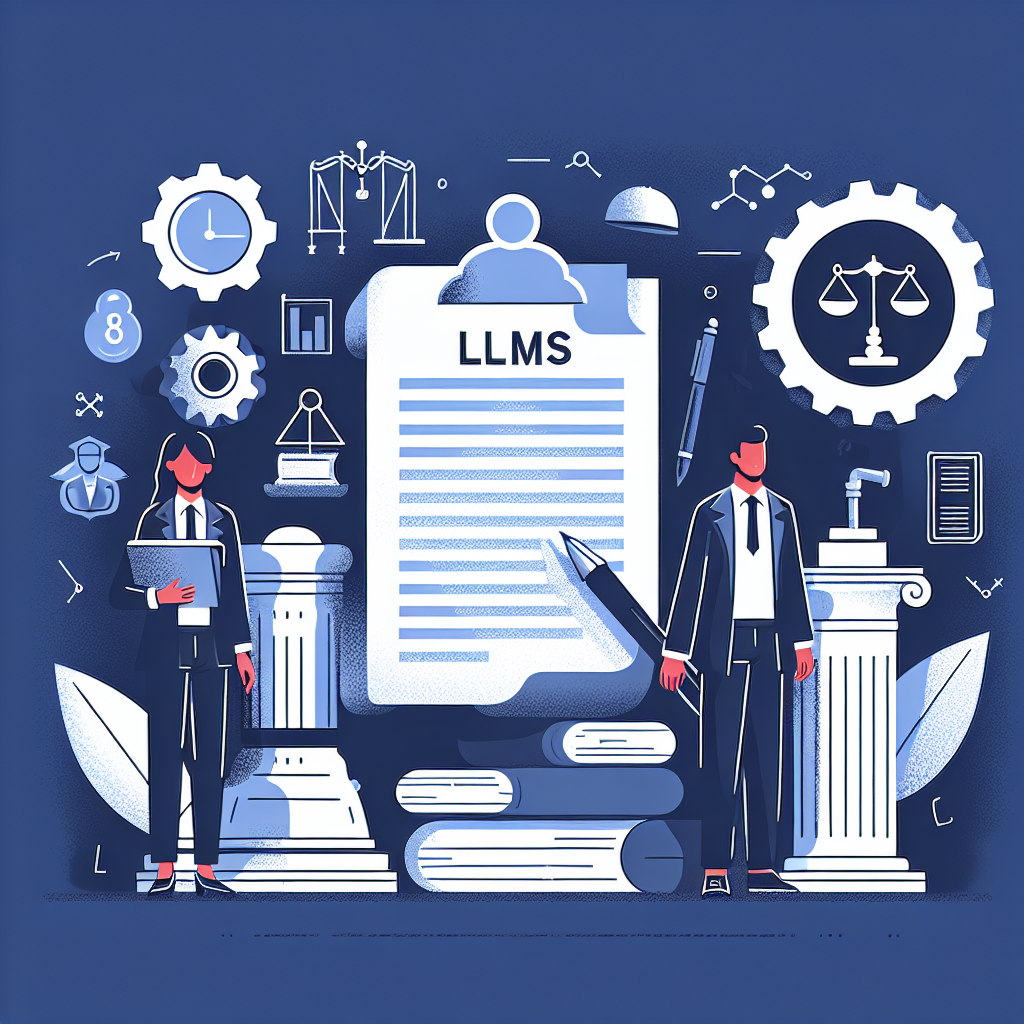Understanding LLMs: A Simple Guide
Introduction
Large Language Models (LLMs) have become a cornerstone of artificial intelligence, transforming how we interact with technology. Understanding LLMs is crucial in today’s tech landscape, as they play a vital role in various applications, from chatbots to content generation.
What are LLMs?
LLMs, or Large Language Models, are a type of artificial intelligence model designed to understand and generate human language. They are based on complex neural networks and are trained on vast datasets to learn the intricacies of language.
- Definition: LLMs are advanced models that leverage deep learning techniques to process and produce text.
- Key components: They consist of parameters, training data, and sophisticated algorithms that enable them to learn language patterns.
- Architecture: Most LLMs are built on transformer architectures, which allow for efficient processing of sequential data.
How LLMs Work
The functionality of LLMs hinges on robust training processes and the effective use of data.
- Training Processes: LLMs undergo extensive training, where they learn from large datasets. This process is often unsupervised, meaning the models learn patterns without explicit labeling.
- Role of Data: The quality and quantity of data significantly impact an LLM’s performance. Diverse datasets help models learn contextual nuances, which is a key aspect discussed in natural language processing.
- Algorithms: Algorithms dictate how the model processes information, enabling it to generate coherent and contextually relevant text.
Applications of LLMs
LLMs have a wide range of applications across various industries, demonstrating their versatility and effectiveness.
- Use Cases: These include customer service automation, content creation, translation services, and coding assistance. For more insights on customer service automation, see transforming customer support through NLP applications.
- Examples: Companies like OpenAI and Google have implemented LLMs in products like ChatGPT and Google Assistant, respectively.
Benefits of LLMs
LLMs offer numerous advantages that enhance both automation and the user experience.
- Automation: They can automate repetitive tasks, allowing human workers to focus on more complex problems.
- User Experience: LLMs can provide personalized interactions, improving engagement and satisfaction.
Limitations of LLMs
Despite their capabilities, LLMs are not without challenges and limitations.
- Common Challenges: Issues like generating incorrect information or failing to understand context can arise.
- Ethical Considerations: Bias in training data can lead to ethical dilemmas, making it essential to approach LLM development responsibly.
Future of LLMs
The future of LLMs is poised for exciting developments as technology continues to evolve.
- Trends: Expect advancements in model efficiency, integration with other AI technologies, and enhanced understanding of context.
- Impact: LLMs will likely play a pivotal role in shaping how society interacts with technology, leading to more intelligent systems.
FAQ
What is the difference between LLMs and traditional models?
LLMs are typically larger and more complex than traditional models, allowing for a deeper understanding of language. This complexity is part of what distinguishes them in the realm of machine learning.
Can LLMs understand context?
Yes, LLMs can grasp context to a degree, but they may struggle with nuanced meanings or specific cultural references.
How do I choose the right LLM for my needs?
Consider factors like the model’s purpose, training data quality, and the specific requirements of your application. You may also want to explore essential machine learning frameworks that can support your implementation.




